Let as exam the BJT push-pull amplifier along first.
Any BJT's need at least 0.5V to 0.7V of forward base-emitter bias voltage before they will go into conduction. In push-pull amplifier both of the transistors will be non-conducting (OFF), when the input signal is in the range +/- 0.5V. And this creates a "deadzone". And also this "deadzone" produce the crossover distortion in the output.
To avoid this crossover distortion, it is necessary to add a small amount of forward bias to take the BJT's on the verge of conduction or slightly beyond. And this is why we add this two diodes into the circuit. Their job is to provide a small amount of bias voltage, to take the BJT's on the verge of conduction or slightly beyond. And this is how we eliminate this "deadzone".
Additionally we can use the op-amp to help us reduce the crossover distortion even further.
For example if our push pull amp has Vbe_on = 0.7V, we have a crossover region from +/-0.7V, 1.4V of a "deadzone".
But now we use the op-amp and we include the push-pull amp into the feedback loop
As you should know, the op-amp has a very large open loop voltage gain Aol.
And this means that even very small changes in input voltage cause a relatively large change in the output voltage.
For example, if op amp has a open loop gain equal to 1000V/V, any change at the input (1mV) will result much large change at the op-amp output (1V).
And in our amplifier circuit, when both transistors are off, the op-amp will work in open loop.
So, any small change in input will result in much large change in Vx node voltage.
And this large change in Vx node voltage will turn-on the transistor.
So from the outside world it looks as if there was no crossover region.
Our example amplifier will reduce crossover region from +/-0.7V to +/-0.7mV. And it's all thanks to large open loop voltage gain.
In this simulation I use op-amp with open loop gain Aol = 10V/V
So, the deadzone is reduced from +/-0.5V to +/-0.05V
